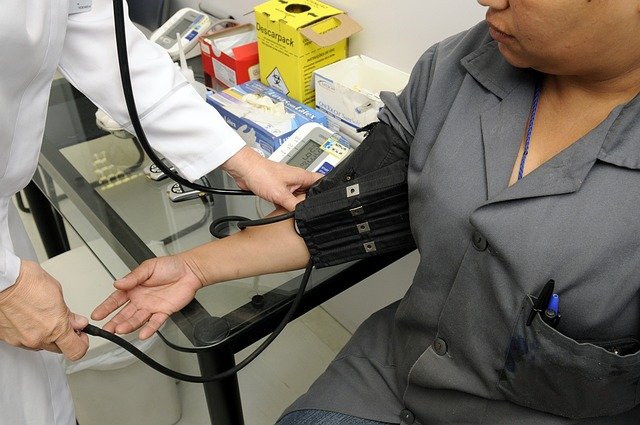Vein Thrombosis: Causes, Signs, and Medical Evaluation
Vein thrombosis occurs when a blood clot forms inside a vein, often disrupting normal blood flow and causing symptoms that can range from mild discomfort to life‑threatening complications. Clots commonly form in the deep veins of the leg but can occur elsewhere. Typical signs include localized pain, swelling, warmth, and redness; sometimes there are no obvious symptoms. Prompt recognition and proper medical evaluation help reduce the risk of complications such as pulmonary embolism and long‑term venous damage.

This article is for informational purposes only and should not be considered medical advice. Please consult a qualified healthcare professional for personalized guidance and treatment.
What is vein thrombosis in the leg?
Vein thrombosis in the leg usually refers to deep vein thrombosis (DVT), where a clot obstructs one of the deep veins, commonly in the calf or thigh. There is also superficial vein thrombosis, which involves surface veins and tends to cause local irritation rather than systemic risk. Risk factors include recent surgery or immobilization, active cancer, pregnancy, hormone therapy, inherited clotting disorders, obesity, and smoking. Understanding the type and location of the clot matters for treatment decisions and assessing the risk of complications.
Why does vein thrombosis cause pain?
Pain from a venous clot arises from inflammation and increased pressure behind the obstruction. The affected limb may feel tender, sore, or heavy; moving the foot or flexing the calf can worsen the discomfort. Pain tends to be localized to the area of the clot but can be diffuse if swelling is significant. In some cases, small clots cause little or no pain, which is why clinical assessment combined with testing is important for an accurate diagnosis rather than relying on pain alone.
How are blood vessels affected by clots?
A clot inside a blood vessel blocks or slows venous return, which raises local pressure and can damage the vein wall and its valves. Over time, this damage can lead to chronic venous insufficiency, skin changes, and persistent leg swelling. There is also a risk that part of a clot will dislodge and travel to the lungs, causing a pulmonary embolism. The extent of vessel involvement—superficial versus deep, partial versus complete occlusion—guides the urgency and type of treatment recommended by medical professionals.
What medical tests and treatments are used?
Medical evaluation commonly begins with a clinical assessment and may include a D‑dimer blood test to assess clot breakdown products. Duplex ultrasound is the primary imaging test to visualize clots in leg veins. In suspected pulmonary embolism, CT pulmonary angiography is often used. Treatment typically involves anticoagulation to prevent clot growth and new clots; choices of medication and duration depend on clot location, cause, bleeding risk, and patient factors. In selected cases, interventions such as catheter‑directed thrombolysis, clot retrieval, or insertion of an inferior vena cava (IVC) filter may be considered. Compression stockings and mobility are important adjunctive measures for symptom relief and prevention of post‑thrombotic sequelae.
How does swelling relate to vein thrombosis?
Swelling is a frequent and important sign of venous thrombosis and often appears on the same (unilateral) side as the clot. Edema results from impaired venous return and fluid accumulation in the tissues. The affected leg may show increased circumference compared with the other side, and the skin can feel tight. Chronic or recurrent clots may produce long‑term swelling and skin changes such as hyperpigmentation or ulceration. Differentiating unilateral swelling from other causes—lymphedema, heart failure, or infection—requires a medical assessment and appropriate testing.
Vein thrombosis ranges from a transient, treatable event to a condition with significant short‑ and long‑term consequences. Early recognition of symptoms such as leg pain and swelling, timely medical evaluation, and appropriate treatment reduce the risk of complications and help preserve vein function. Healthcare providers tailor management based on clot location, underlying causes, and individual risk factors to optimize outcomes.






